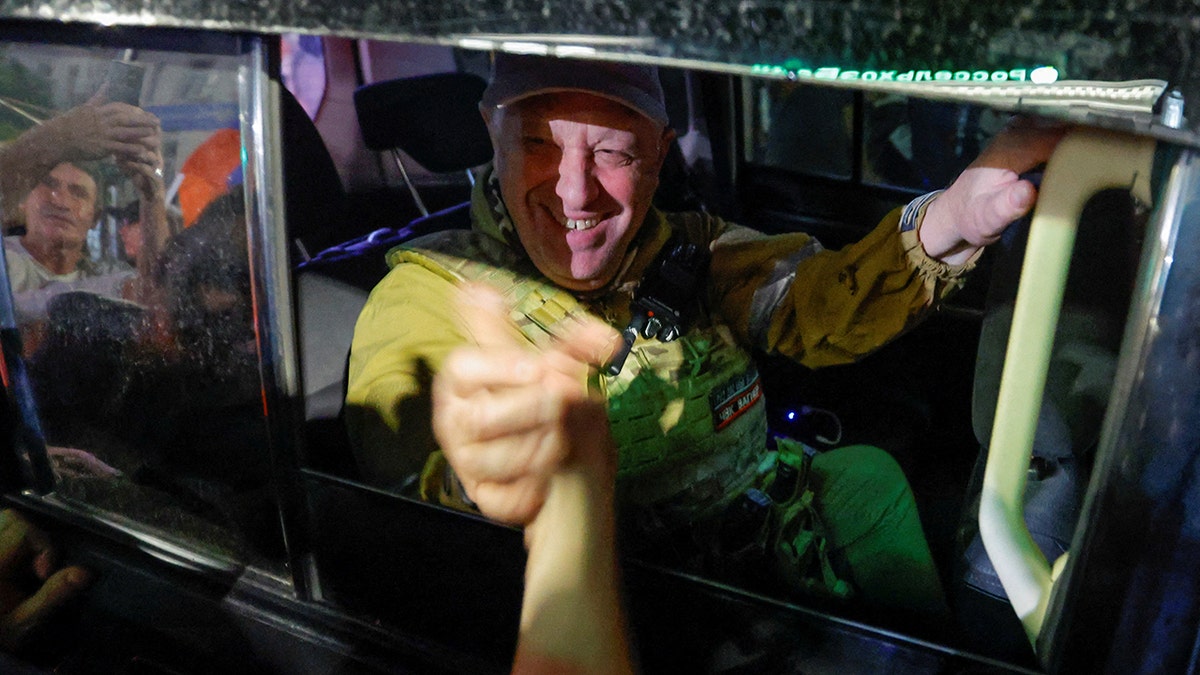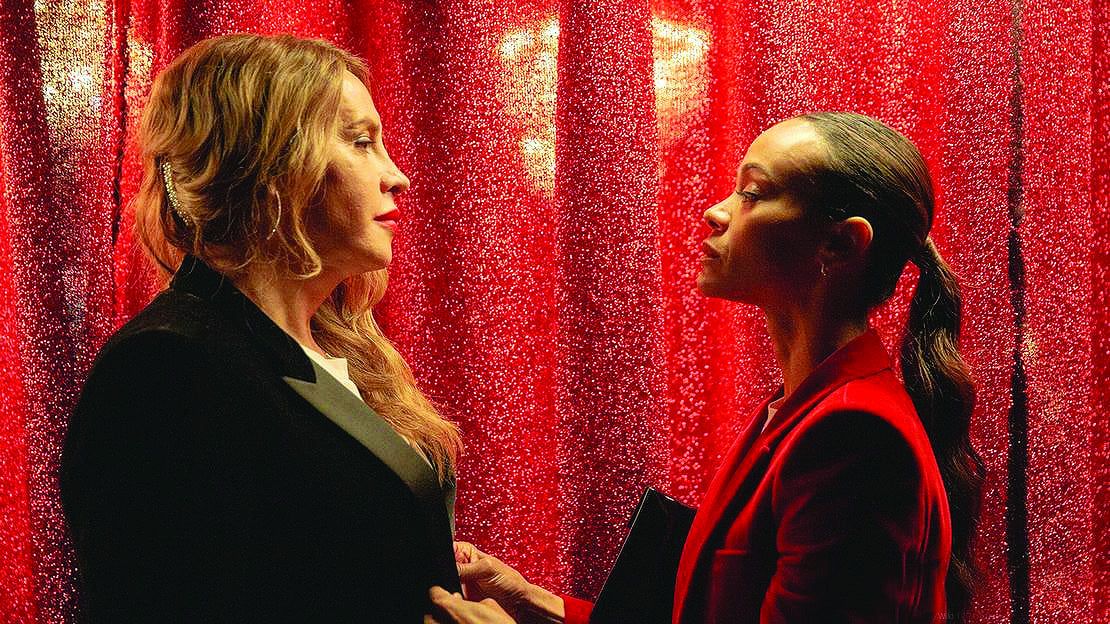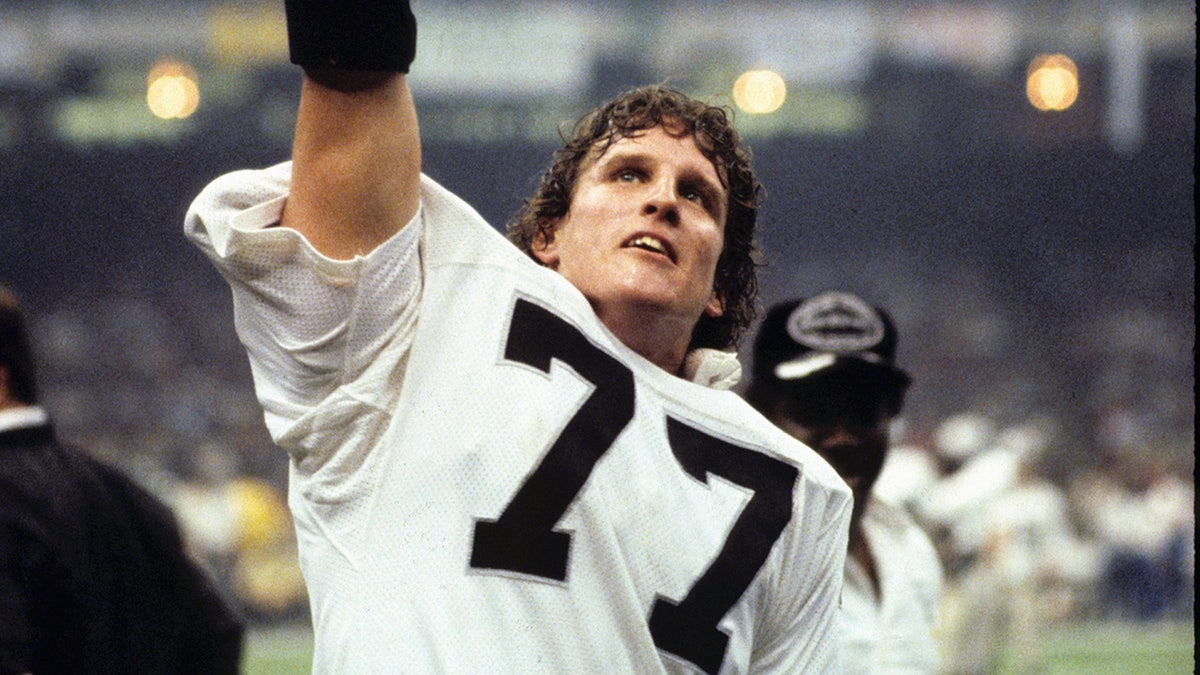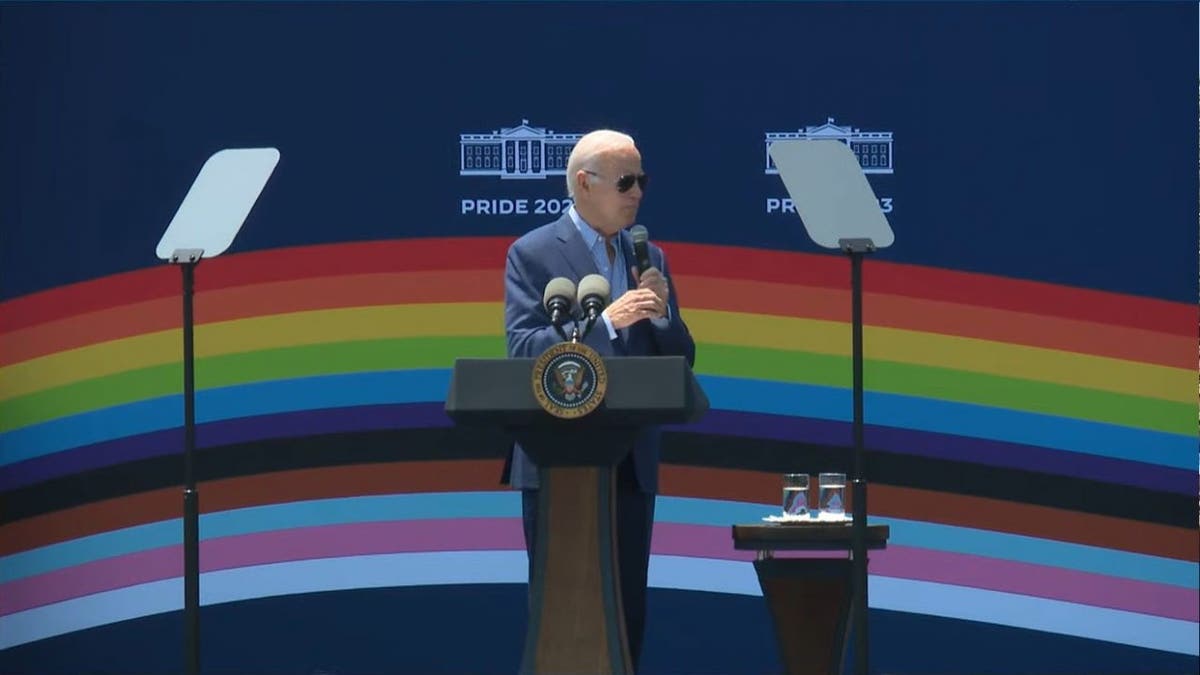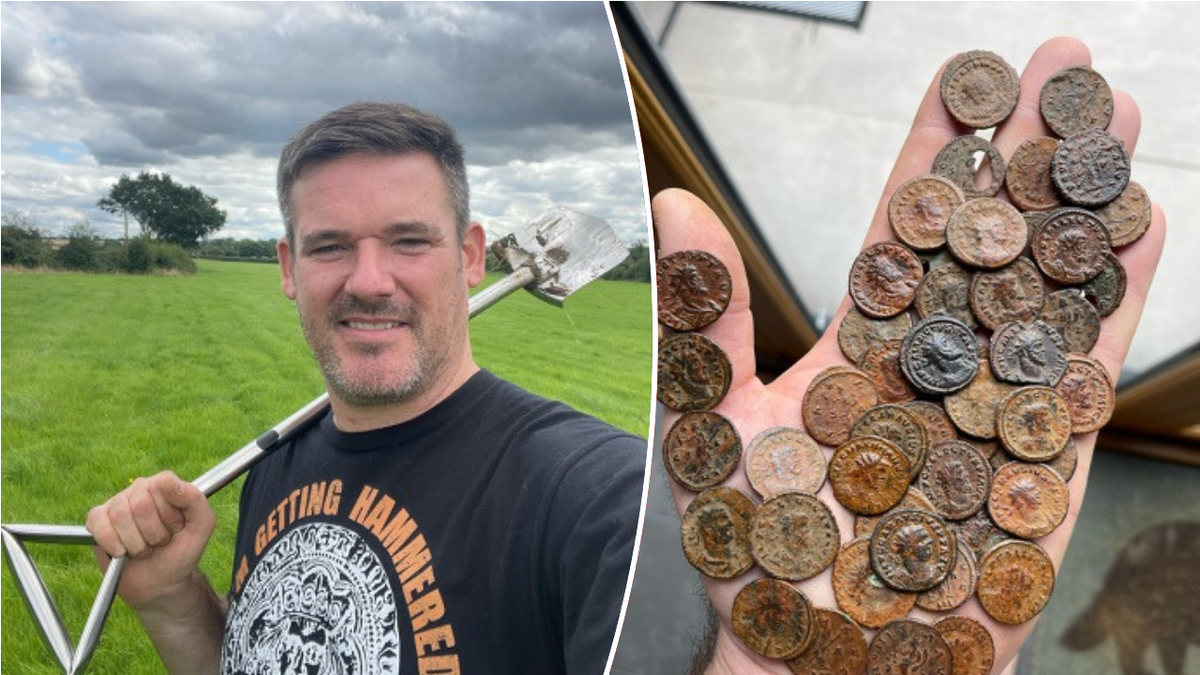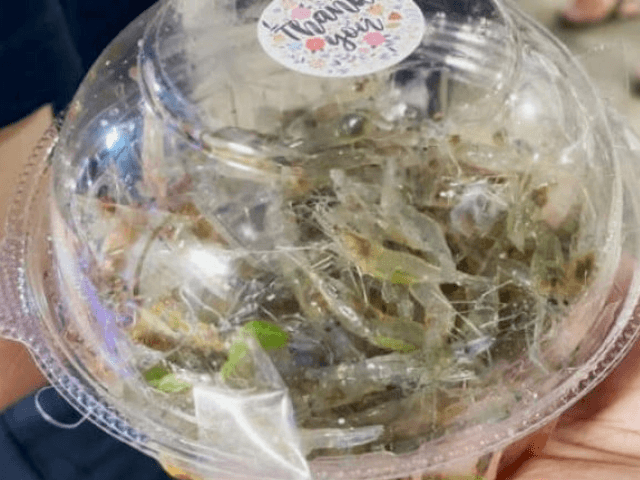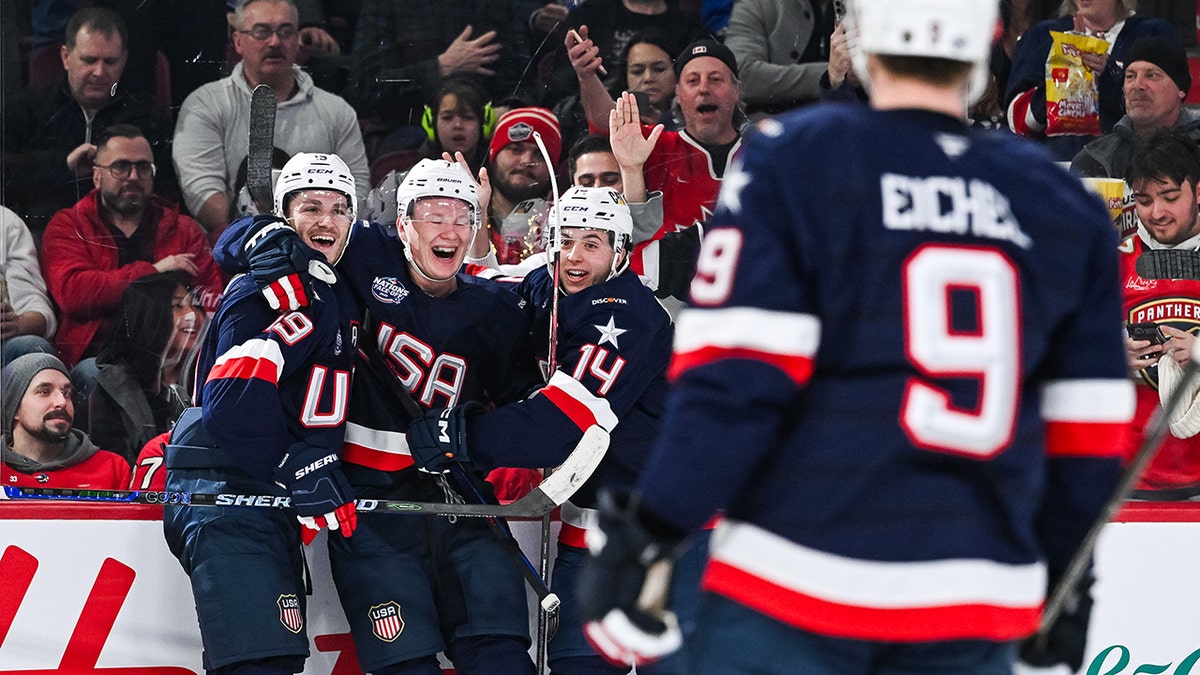The non-alcoholic beverage sector is experiencing a significant surge in popularity, moving beyond the confines of Dry January and establishing itself as a growing trend. A recent study by IWSR Drinks Market Analysis reveals a global increase in demand for these beverages, particularly among millennials, indicating a shift in consumer preferences.
While health concerns related to alcohol consumption might play a role, the trend has been brewing since 2019, with non-alcoholic beer leading the charge. IWSR, a leading global drinks market analysis firm, highlights the superior performance of no-alcohol options compared to their low-alcohol counterparts across various categories.
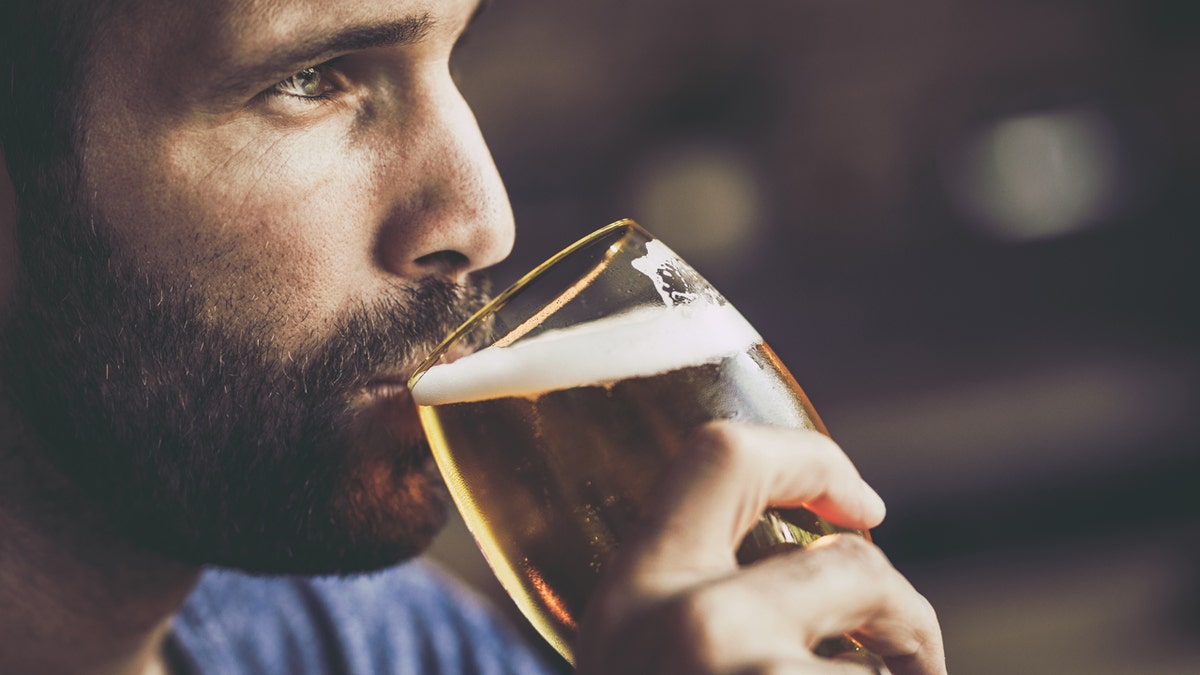
The quality and social acceptability of non-alcoholic beer have drastically improved, contributing to its widespread adoption. Between 2022 and 2024, the number of non-alcoholic product consumers grew by 61 million in ten key global markets, significantly outpacing the 38 million increase for low-alcohol options. This growth translates to a projected $4 billion increase in no-alcohol sales by 2028, while low-alcohol sales remain relatively stagnant.
One reason for this disparity lies in the clarity surrounding alcohol content. Consumers appreciate the certainty of 0.0% ABV in alcohol-free beverages and 0.5% ABV in non-alcoholic options, unlike the ambiguity sometimes associated with low-alcohol labels. This transparency empowers consumers seeking to moderate or eliminate alcohol consumption.
Understanding the Difference: Low-Alcohol vs. No-Alcohol
Experts emphasize the importance of distinguishing between low-alcohol and no-alcohol beverages. Low-alcohol typically contains about half the alcohol of a standard alcoholic drink, whereas no-alcohol is defined as 0.5% ABV or less. Alcohol-free signifies a complete absence of alcohol (0.0% ABV).
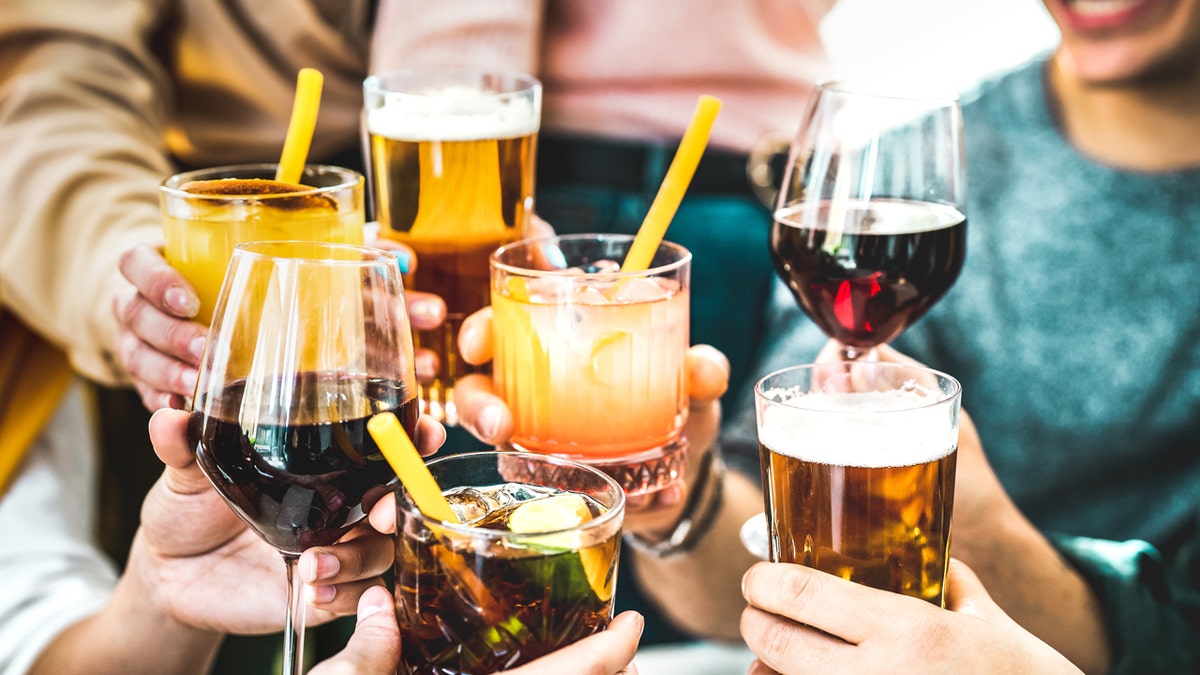
Quality Enhancements Drive Demand
Despite constituting only about 3% of the total beverage market, low- and no-alcohol drinks are steadily gaining traction, especially among younger generations. The improved quality and availability of these beverages are breaking down previous stigmas and attracting a wider consumer base.
The past reputation of subpar non-alcoholic cocktails is being challenged by innovative producers and skilled bartenders who are crafting high-quality, sophisticated drinks. Even Michelin-starred restaurants and top bars are embracing this trend, demonstrating the growing acceptance and potential of this category.
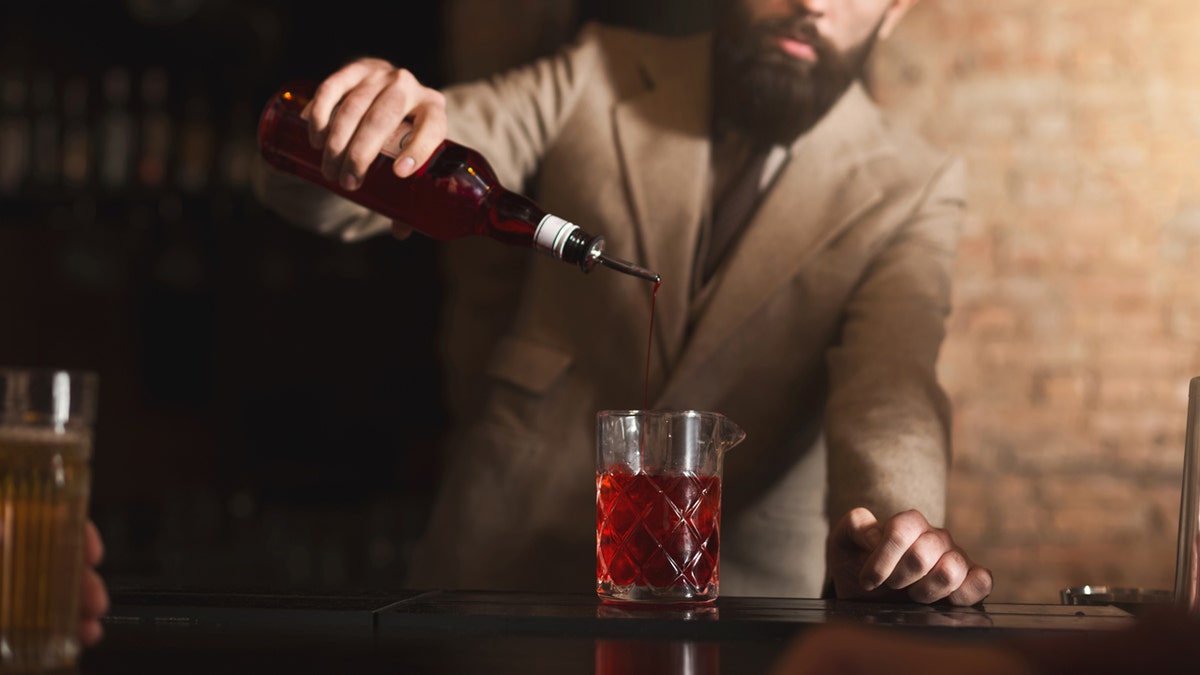
Companies like Wilderton, the first non-alcoholic distillery in the U.S., are pushing boundaries with innovative distillation methods, further elevating the quality and sophistication of non-alcoholic spirits.
The Price of Quality
The investment in quality ingredients and production processes often translates to higher prices for low- and no-alcohol beverages, sometimes matching or exceeding the cost of traditional alcoholic options. While price sensitivity remains a factor for consumers, the superior quality and effort behind these beverages justify the cost for many.
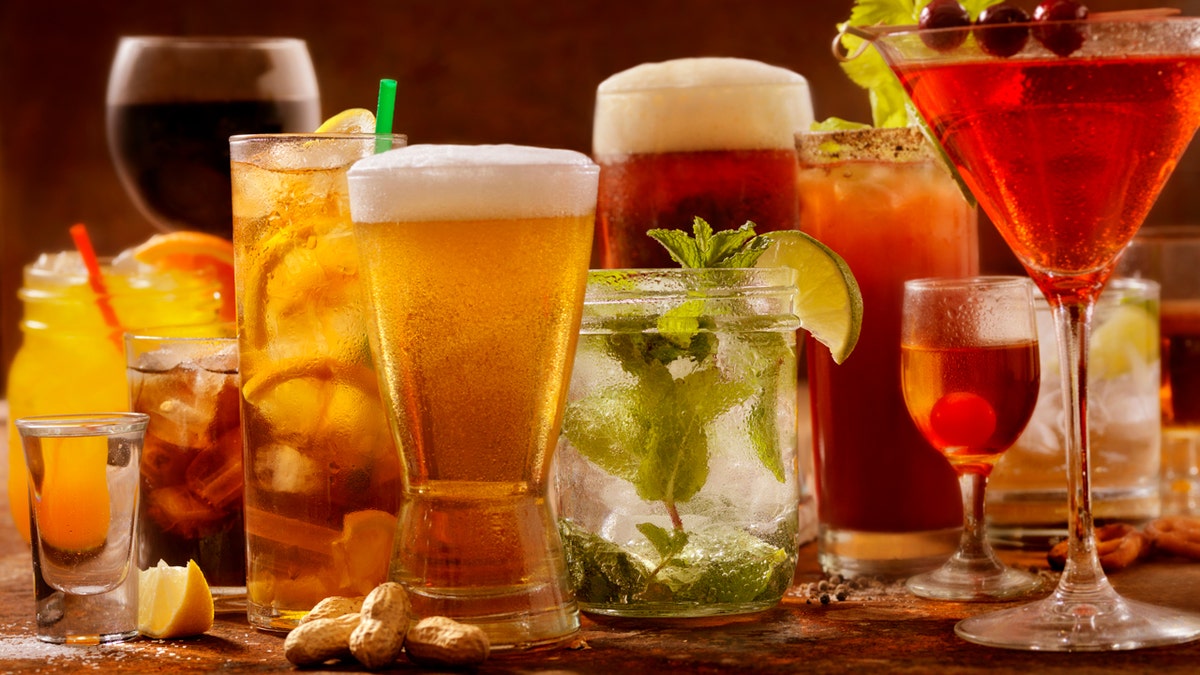
Experts view low- and no-alcohol beverages not as replacements for traditional alcohol but as valuable additions to the market, offering consumers more choices and catering to diverse preferences. While some subpar products still exist, the overall quality and innovation in the non-alcoholic sector are undeniable, paving the way for continued growth and acceptance.

